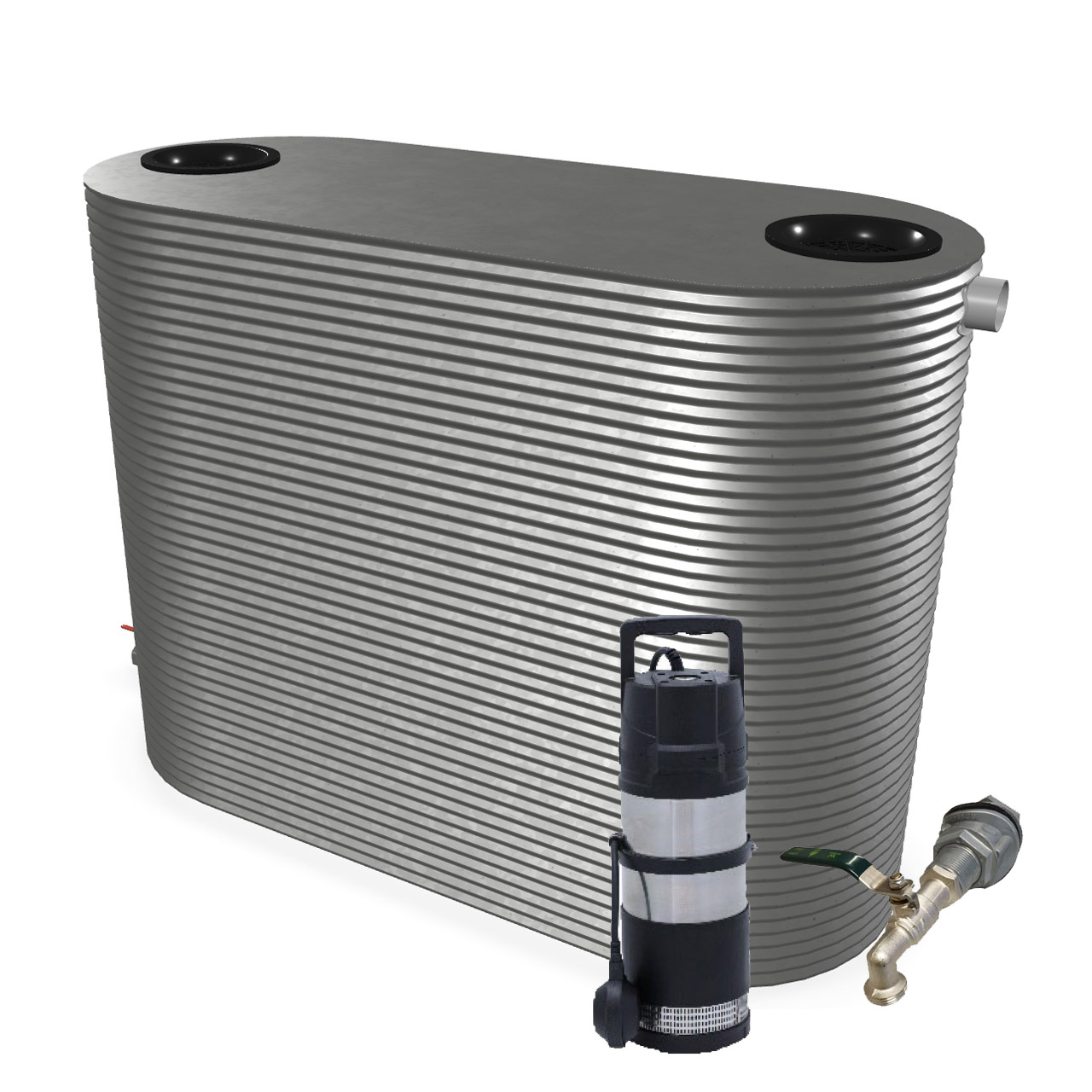Slimline Water Tanks: The Perfect Option for Urban Water Storage Space
Slimline Water Tanks: The Perfect Option for Urban Water Storage Space
Blog Article
Comprehending the Value of Rainwater Containers in Drought-Prone Regions for Water Safety
In areas susceptible to long term droughts, the role of rain storage tanks in bolstering water safety is a subject of expanding significance. As neighborhoods grapple with the challenges of water deficiency, recognizing the importance of these tanks goes past simple collection of rainwater. Rainwater containers work as an important device in alleviating the effect of water scarcities by providing a sustainable source of water for numerous demands. The true value of rain containers extends much past simple storage; it incorporates resilience-building steps and the promo of lasting water preservation strategies. This complex strategy to water protection warrants a closer examination of the function rain storage tanks play in guaranteeing a reliable water throughout times of dry spell.
Advantages of Rain Storage Tanks
Utilizing rain storage tanks uses a sustainable option for boosting supply of water and boosting water safety and security in residential and industrial settings. One of the key benefits of rainwater storage tanks is their ability to decrease reliance on mains water. By capturing and saving rain that falls on roofs, this different resource can be used for different non-potable purposes such as irrigation, flushing toilets, and cleaning clothes. This not just saves cured alcohol consumption water but also decreases water expenses for users.

Rainwater Harvesting Methods
Rain harvesting methods incorporate a range of techniques created to effectively collect and save rain for numerous functions, adding to water preservation and sustainability. One usual strategy is the setup of rooftop catchment systems, where rain is collected from the roof of a structure and directed to a storage tank. This method is fairly straightforward and economical. One more prominent technique is the use of above-ground or underground storage tanks to keep rainwater for later use. These containers are available in various sizes and materials to fit various requirements and can be connected to the existing pipes system for simple accessibility.

Furthermore, rain yards and absorptive sidewalks are innovative techniques that involve landscaping or paving surface areas in a way that permits rainwater to percolate right into the ground, restoring groundwater gets. In addition, contour farming and terracing are farming techniques that assist record rain and protect against soil erosion in uneven terrain. By implementing these diverse rain harvesting techniques, areas can improve water protection and strength in drought-prone areas while advertising lasting water monitoring methods.
Importance of Water Protection
Making certain dependable accessibility to clean and enough water sources is paramount for sustaining human health and wellness, financial advancement, and environmental wellness. Water security is an essential element of social durability, particularly in areas vulnerable to dry spells and water scarcity. Adequate water protection includes different measurements, consisting of accessibility, quality, and availability of water for residential, agricultural, industrial, and environmental demands.
Water safety and security plays a critical role in advertising public wellness by decreasing the occurrence of waterborne diseases and making sure hygiene facilities. Economically, water security is necessary for agricultural efficiency, commercial operations, and total financial development. Slimline water tanks. Water safety is very closely connected to ecological sustainability, as it supports ecosystems, biodiversity, and overall environmental balance.
In drought-prone areas, water safety and security becomes a lot more essential as a result of the heightened threat of water scarcities. Carrying out approaches like rain harvesting, water recycling, and effective water monitoring techniques can substantially enhance water safety in these locations. By focusing on water safety, communities can much better stand up to the influences of environment adjustment, populace development, and other difficulties that intimidate water schedule.
Enhancing Water Strength
With boosting worldwide water obstacles, constructing resilience in water systems has ended up being a crucial emphasis for sustainable advancement efforts. Enhancing water strength involves executing strategies to guarantee water schedule and top quality in the face of changing ecological problems, such as dry spells, floodings, and contamination.
One secret aspect of enhancing water strength is advertising using rainwater tanks in drought-prone areas - Slimline water tanks. Rain containers function as an efficient means of capturing and storing browse around this web-site rain for later use, reducing reliance on limited freshwater sources during dry periods. By including rain harvesting systems right into water management strategies, neighborhoods can boost their ability to withstand water deficiency and preserve water safety and security

Lasting Water Conservation
Amidst intensifying water challenges, the prudent management of water sources through sustainable conservation methods is critical for guaranteeing lasting ecological security and social wellness. Lasting water preservation requires the effective use of water sources to fulfill existing needs without jeopardizing the ability of future generations to satisfy their own needs. By applying approaches such as rainwater harvesting, greywater recycling, and water-efficient technologies, neighborhoods can minimize water wastefulness and reduce pressure on freshwater sources.
Moreover, lasting water preservation practices add to ecosystem health and wellness by preserving ample water degrees in rivers, lakes, and marshes, supporting biodiversity, and maintaining all-natural environments. These techniques additionally play an important duty in mitigating the impacts of climate change by assisting to adapt to altering rainfall patterns and water accessibility.

Conclusion
In verdict, rain containers play a crucial function in improving water safety and security and resilience in drought-prone areas. By making use of rainwater harvesting techniques, communities can lower their dependence on standard water sources and promote sustainable water conservation techniques. This not only aids minimize the effects of water deficiency throughout droughts however also adds to long-term water protection and resilience despite climate adjustment difficulties.
Report this page